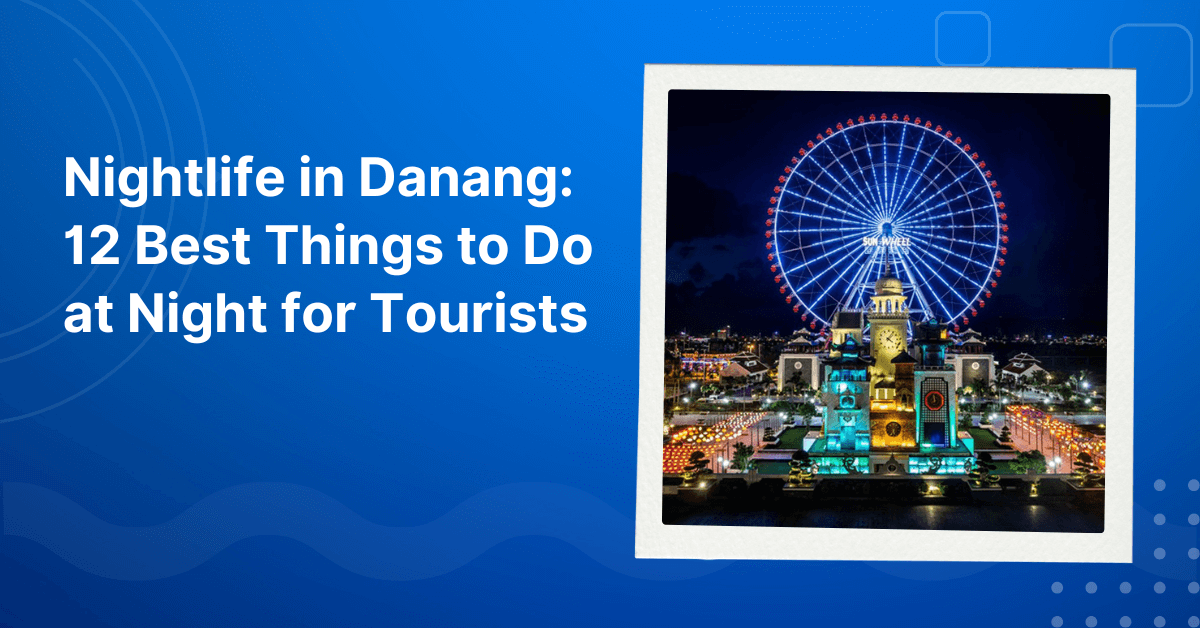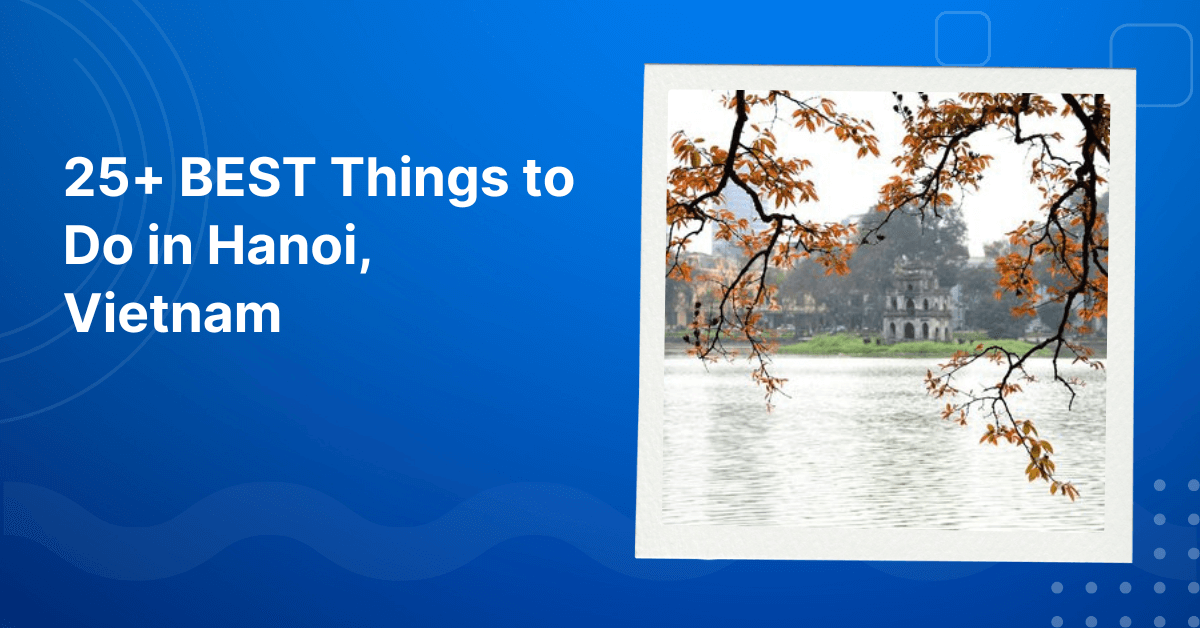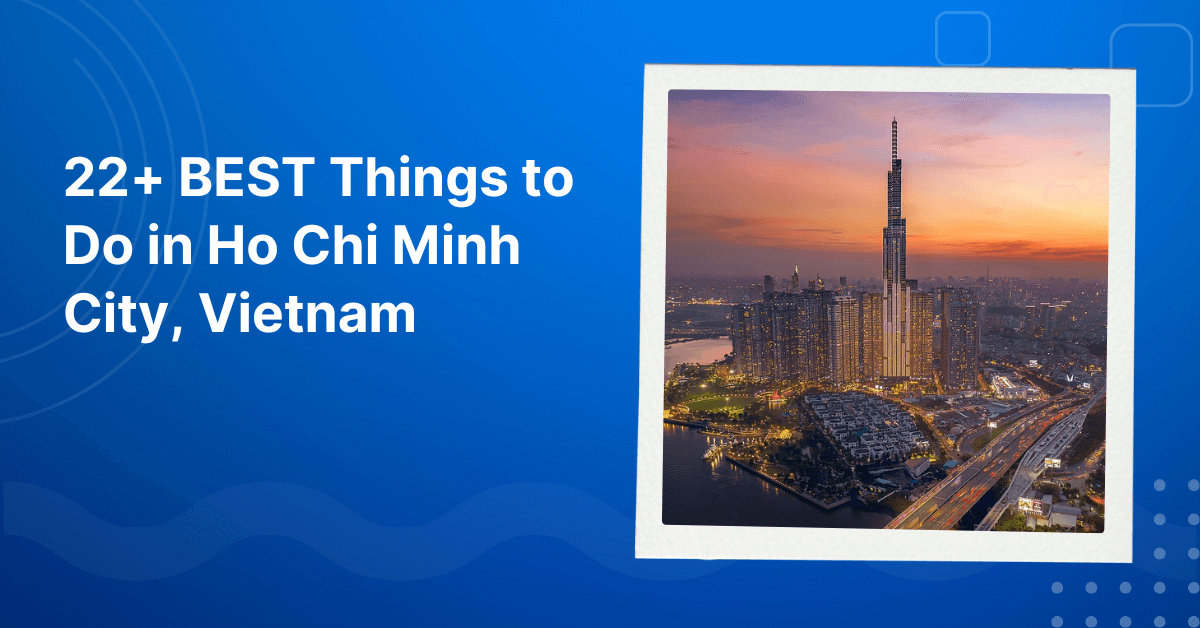Nestled in the heart of Central Vietnam lies My Son Sanctuary, a place steeped in ancient history and cultural richness. This UNESCO World Heritage Site offers a glimpse into the fascinating Champa civilization.
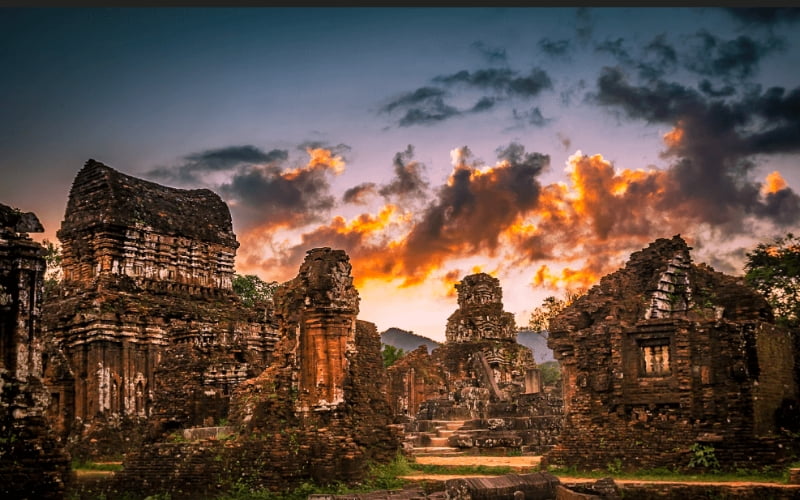 My son sanctuary vietnam – Thánh địa Mỹ Sơn Việt Nam
My son sanctuary vietnam – Thánh địa Mỹ Sơn Việt Nam
Is My Son Vietnam worth visiting?
My Son Sanctuary in Vietnam is worth visiting for its historical significance, ancient temples, and impressive craftsmanship despite its turbulent past.
Visiting My Son is a great way to learn about the interesting culture that grew in this part of Vietnam until the 14th century. The temples are well-preserved, and it’s a unique place you won’t find anywhere else in the country.
The temples at My Son Sanctuary show amazing craftsmanship. Even after many conflicts, including the Vietnam War, many structures still stand tall today.
The sanctuary is also a quiet place surrounded by jungle. It’s a special experience to be in nature while exploring these old ruins.
Read more: Golden Bridge Da Nang: Must-Visit Marvel, Unique Features & Costs Guide
What is the significance of the My Son Sanctuary?
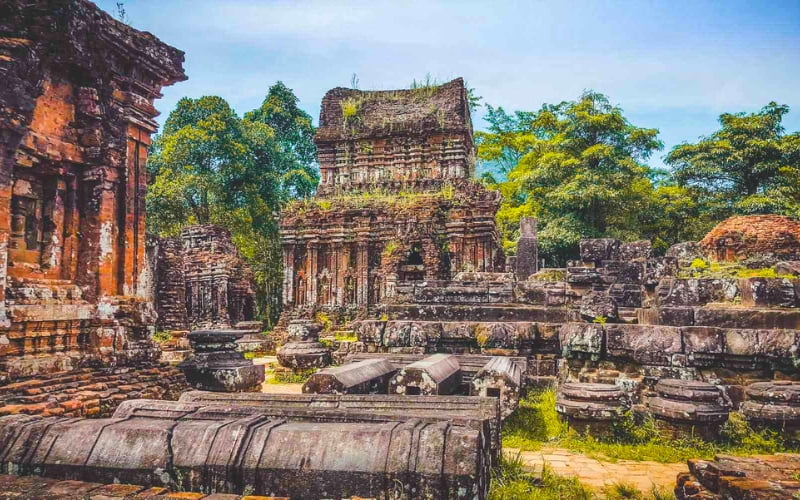 My Son Sanctuary in Vietnam is a must-visit
My Son Sanctuary in Vietnam is a must-visit
Besides serving religious rituals to connect dynasties with deities, My Son also served as the cultural and spiritual center for the powerful rulers of the Champa dynasties, where kings and priests were buried.
What does My Son mean in Vietnam?
The name “My Son” is derived from the Vietnamese language, where it is spelled “Mỹ Sơn”. It is a combination of two Vietnamese words:
- Mỹ: This word means “beautiful” or “pretty”.
- Sơn: This word means “mountain” or “hill”.
Therefore, the literal translation of “My Son” is “Beautiful Mountain”. This name is fitting for the My Son Sanctuary, which is a complex of ancient Hindu temples located in a picturesque valley surrounded by mountains.
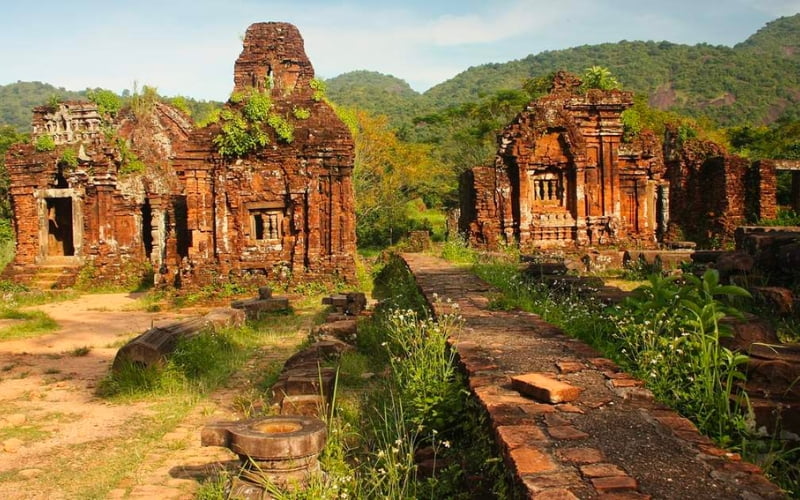 “My Son” in Vietnamese, “Mỹ Sơn”, translates to “Beautiful Mountain”
“My Son” in Vietnamese, “Mỹ Sơn”, translates to “Beautiful Mountain”
The Cham people, who built the My Son temples, believed that the mountains were sacred places, and they chose this location to construct their religious center. The name “My Son” reflects the reverence that the Cham people had for the natural beauty of the area.
In addition to its literal meaning, the name “My Son” also has a symbolic significance. The Cham people believed that the temples at My Son were connected to the spiritual realm, and they referred to them as the “abode of the gods”. The name “My Son” thus suggests that the temples were a place where humans could connect with the divine.
Today, the My Son Sanctuary is a UNESCO World Heritage Site and a popular tourist destination. Visitors can come to the site to admire the ruins of the temples, learn about the Cham culture, and experience the beauty of the surrounding mountains.
Read more: The Museum of Cham Sculpture: Uncover the Secrets of Vietnam’s Ancient Past
Do you need to cover up for My Son’s sanctuary?
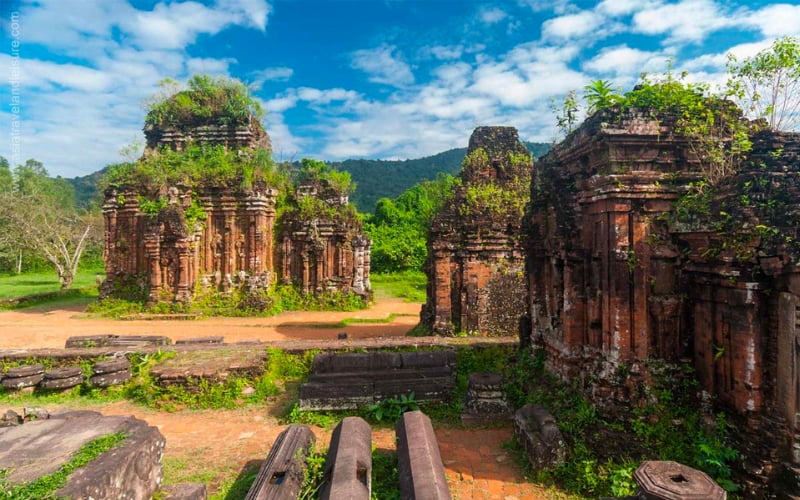 Modest attire is recommended at My Son Sanctuary to respect its religious significance
Modest attire is recommended at My Son Sanctuary to respect its religious significance
You don’t necessarily need to wear fully covering clothing at the My Son Sanctuary, but there is a dress code in place to respect the religious significance of the site. Here’s what to keep in mind:
- Opt for modest clothing: Avoid overly revealing clothing like short shorts, tank tops, or very low-cut shirts.
- Knee or shoulder coverage is ideal: Wearing shirts that cover your shoulders and pants or skirts that reach your knees is a good rule of thumb.
- Sarongs are available: If you’re unsure about your outfit, you can always rent a sarong at the entrance to cover up.
It’s more about showing respect for the cultural and religious background of the My Son temples.
In conclusion, visiting My Son Sanctuary in Vietnam promises a journey through time, where ancient temples whisper tales of a bygone era, making it a must-see destination for history enthusiasts and travelers alike.


